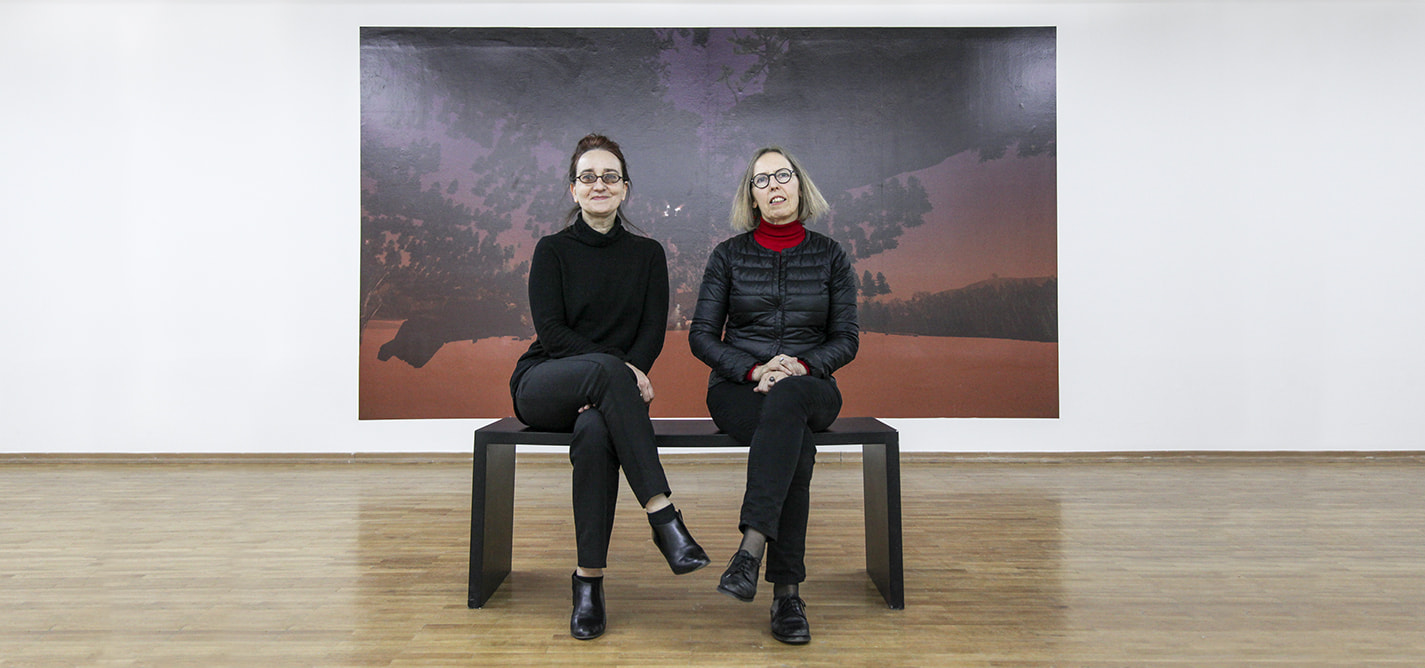
Odile Burluraux: Artists can contribute to thinking differently and raising questions
Curators Odile Burluraux and Jessica Castex discuss the exhibiting of Hayoun Kwon’s virtual reality artwork, “489 Years,” at Kosovo’s National Gallery.
|20.03.2017
|

Valmir Mehmetaj
Valmir Mehmetaj is a journalist who has previously worked in TV journalism and as a staff writer at Kosovo 2.0. Valmir studied communication sciences at the South East European University in Tetovo, Macedonia. He believes deeply in constant learning and forming original thoughts, and mainly writes about cultural and social issues.
This story was originally written in English.